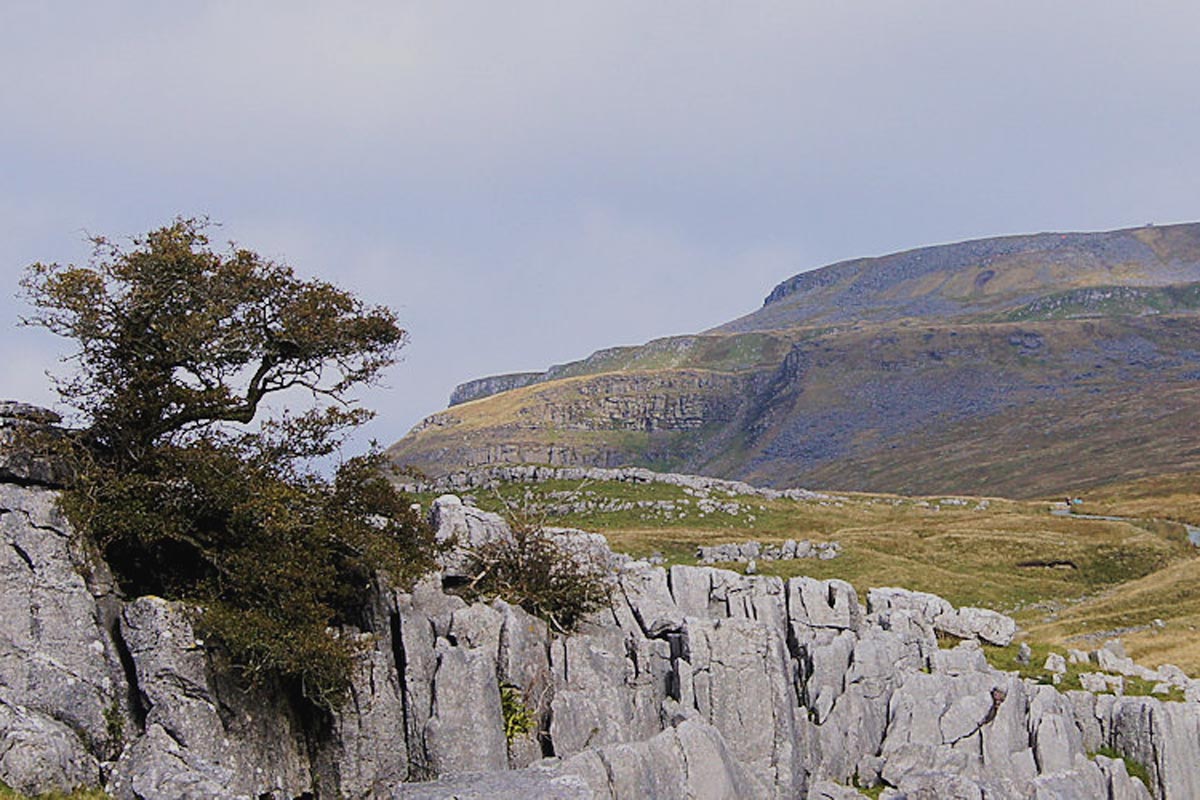The red kite is an awe inspiring and amazingly graceful bird of prey.

There is no mistaking their reddish-brown body, angled wings and deeply forked tail. Their preference for carcasses of dead animals and scraps often brings them close to people. So much so, in Tudor times red kites were common in the streets of London and valued for the ‘waste removal’ services they provided!
With that said, it is shocking to think that this bird once faced extinction. Fortunately, the red kite has now been successfully re-introduced to parts of England and Scotland.
In England the reintroduced birds are found in the Buckinghamshire/Oxfordshire area, as well as Hertfordshire, Northamptonshire, Yorkshire and surrounding counties. A great place to look out for them is the M40 motorway as they wheel and drift overhead!

The Scottish population is centred around Dumfries and Galloway, Stirling-shire and west Perthshire, Black Isle in Ross-shire, and on the outskirts of Aberdeen City. Red kites are now also returning to Northern Ireland.
The return of the red kite is one of the longest continuous conservation projects in the world.
The first Kite Committee was formed in 1903 and wasted no time in initiating the first nest protection schemes. The rarity of the red kite sadly made it vulnerable to egg collectors and bounty hunters, who raided up to a quarter of nests each year.
More sophisticated nest protection initiatives were introduced throughout the 1950s and 1960s and succeeded in reducing the proportion of nests robbed to the extent that this is no longer regarded as a serious problem for red kites.
Thanks to the reintroduction project, successful breeding populations have become established throughout the UK. There are thought to be around 1,800 breeding pairs in Britain, half of which are in Wales with the remainder in England and Scotland.
Red kites are sedentary birds, occupying their breeding home range throughout the year. Interestingly enough, each nesting territory can contain up to five alternative nest sites for one pair of birds!

Both the male and female are involved in nest construction and build the nest on a main fork or a limb high in a tree, 12-20m above the ground. The nest is constructed of dead twigs and lined with grass and sheep’s wool. Kites have also been known to decorate their nests with materials they’ve “borrowed” from people, with underwear found lining numerous nests!
Whilst it is undoubtedly uplifting to see red kites once again grace our skies, they are by no means out of trouble. The main threats they face today include illegal poisoning by bait left out for foxes and crows as well as secondary poisoning by rodenticides, and collisions with power cables.
All birds of prey have been protected since 1954 (with exception of the Sparrowhawk that gained protection in 1961). Despite this, birds of prey continue to fall foul of systematic illegal activity. Sadly, legal protection has failed to safeguard raptors and this is partly down to the difficulty in detecting incidents and gaining evidence for prosecutions.
The RSPB continues to work tirelessly with the police force and with those involved in habitat management to tackle illegal activity and to develop practical solutions. We hope that one day these splendid birds will be back where they belong across all the skies of Britain.
This article was written by Claire Thomas of the RSPB
Photo Credit: RSPB




